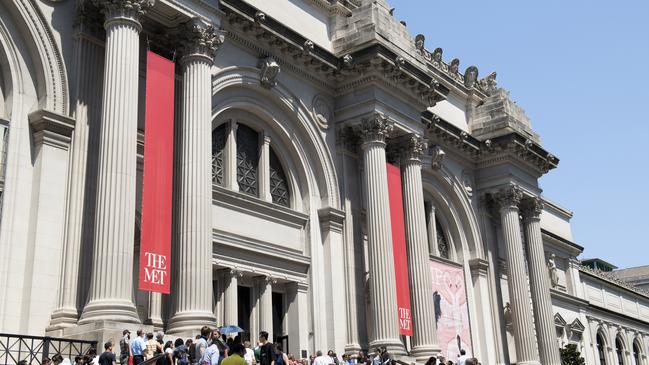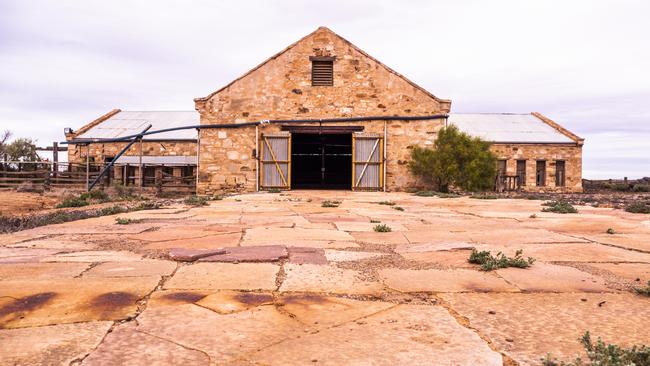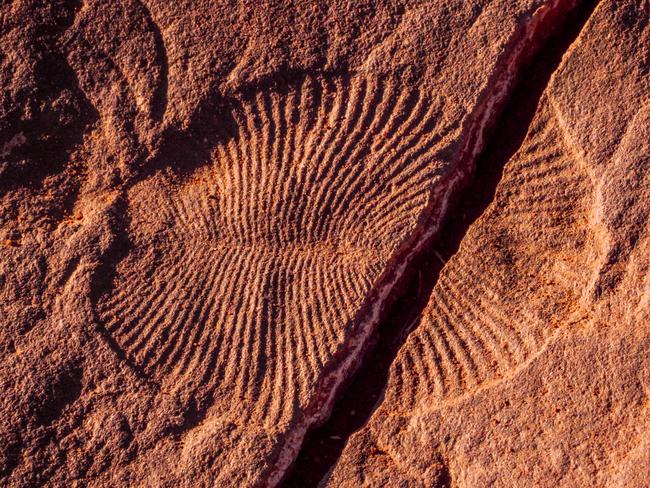ABC takes viewers inside The Met in New York
This TV show takes viewers deep into the museum at the cultural core of the Big Apple.

INSIDE THE MET
ABC iview
With more than one million objects in collections marking the endeavours of 5000 years of civilisation, the Metropolitan Museum of Art in New York is at the cultural core of the Big Apple. The Met was preparing to celebrate its 150th anniversary last year with a grand calendar of events when Covid struck, forcing it to close on March 12 for an indefinite period (it reopened five months later with strict entry requirements; today that means vaccination).
Inside the Met is a three-part PBS series that maps the heartache of 2020, but also how a great American institution is coming to terms with issues raised by the year’s other significant event, the rise of Black Lives Matter. It has forced a fundamental rethink on collecting, exhibition and staffing policies. And then there’s the matter of a treasure house built on the philanthropy of 19th-century tycoons, some of questionable background.
But the series celebrates an environment of beauty – and there is suspense. Putting together the showcase Making the Met exhibition of 250 splendid objects (it had a truncated season), staff move a statue of Queen Hatshepsut up one floor from the Egyptian gallery. In the collective memory is the day a marble statue of Adam fell, shattering into fragments; reconstruction took 10 years. As Hatshepsut is lowered by forklift to her new location, there is an almighty bang – but just a dropped tool.
So the pharaoh, described as one of the first great women of known history, takes her place in front of a window that looks out on the Obelisk in Central Park built for her successor Thutmose III, who ordered her name be chipped from the records. In a delicious moment, after 3500 years Hatshepsut gets to give the villain the cold shoulder.
GRAHAM ERBACHER

Forward planner
This old Flinders Ranges shearing shed will soon be a world-leading paleontology hub where fossil enthusiasts can learn more about prehistoric life. Located about 30 minutes’ drive from the South Australian country town of Parachilna, it stands in the newly designated Nilpena Ediacara National Park. Previously categorised as a conservation area, the park has been extended by 60,000ha to include some of the world’s most intact fossil beds. In a world first, researchers have been able to excavate these sites that preserve snapshots of the ancient seafloor.
The South Australian outback has long been associated with the Ediacaran era, which dates from 635 million years to 541 million years ago. Fossils indicate it is the point at which the first complex, multi-cellular life emerged on Earth.

Visitor facilities are under development but tourists will have access to the park from early- to mid-2022. The bluestone woolshed and blacksmith’s shop will be transformed into a venue where immersive audio and visual experiences will explain the region’s palaeontological and geological significance. Visitors will also have the opportunity to see Ediacaran life stopped in its tracks on guided tours through the fossil fields.
The formation of the new national park is considered an important step in the South Australian government’s bid to have the Flinders Ranges listed by UNESCO as a World Heritage site.
JACK KELLY
Book club
PEOPLE LIKE THEM
Samira Sedira
This short but by no means meagre read is “loosely inspired” by a mass murder in 2003 at Le Grand-Bornand, a commune in France’s Haute-Savoie ski region. A couple and their three young children were killed by a neighbour, the motive attributed to jealousy and discontent about a business deal gone wrong.
Samira Sedira has taken the case as the basis for this new novella while admitting in her author’s note that she was not “entirely faithful to the facts”. Real names and locations have been changed; the fictional victims are Bakary and Sylvia Langlois, their son and two daughters, who pitched up in the tightly held settlement of “Carmac”, where all was peaceful and ordinary until this family of wealth and social status descended among people who were clearly not like them. Sedira’s murderer Constant Guillot, betrayed and belittled by big-talking travel operator Bakary in a financial swindle, felt so humiliated he exacted the ultimate revenge.

The book is narrated by Constant’s wife, Anna, and details of the crime are apparent from the get-go so the pace lies not just in the prosecution of Constant but the lead-up to his actions. The village is elusive to outsiders, disappearing into “vast pinewoods” and, at night, if you listen closely, you can hear “the tumble of rocks the weary mountain drops into small turquoise lakes, as milky and murky as blind eyes”.
By fate of geography and economic circumstances, many such places are deemed off-limits to strangers, especially those who, like Bakary, are “not from this country”, even when they were born there. Sedira’s contention is that Bakary’s black skin, as well as class divisions, played a part in the real murder, even if racist motives were not examined at the time. “In Constant’s mind, the normal order has been altered …” But there are no excuses, just deep sadness. He was an ordinary man who became “a quintuple murderer”.
The real victims’ names were Xavier Flactif, his partner Graziella Ortolano, and their children Gregory, six, Laetitia, 9, and Sarah, 10. The 30-year-old killer, David Hotyat, was sentenced to life in prison on June 30, 2006, with a minimum term of 22 years.
SUSAN KUROSAWA

Spend it
While face masks are de rigueur by day during the present round of lockdowns, a bedtime equivalent could well seem a step too far. But, wait, here’s an overnight skin booster mask that’s so lightweight as to be practically invisible, easy to apply and suitable for all skin types. Sleep+Glow is by Cinch, an Australian brand that produces, among other skincare items, a terrific Pump+Glow moisturiser for daytime use. The mask cleanses, exfoliates, hydrates and plumps up skin. Paw paw and pineapple enzymes are the prime ingredients, along with sodium hyaluronate and Kakadu plum, and its shiny texture rinses off easily. 80ml; $39.95.
SUSAN KUROSAWA
